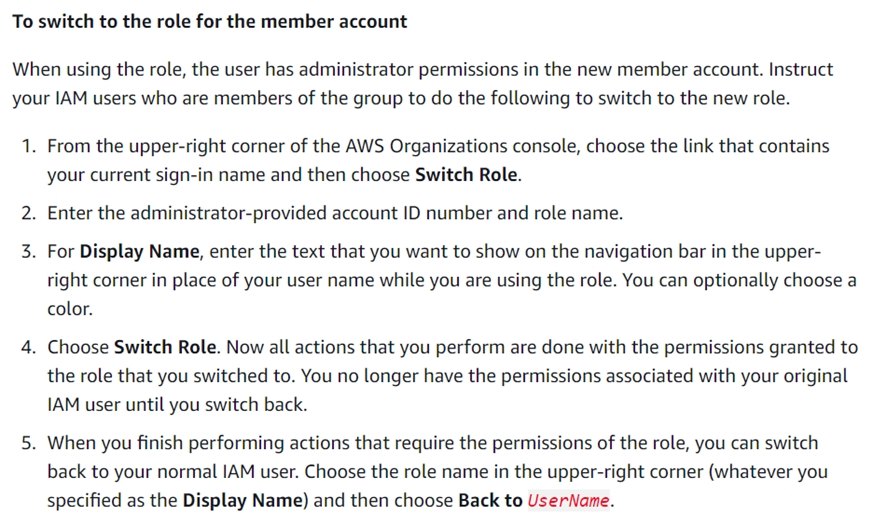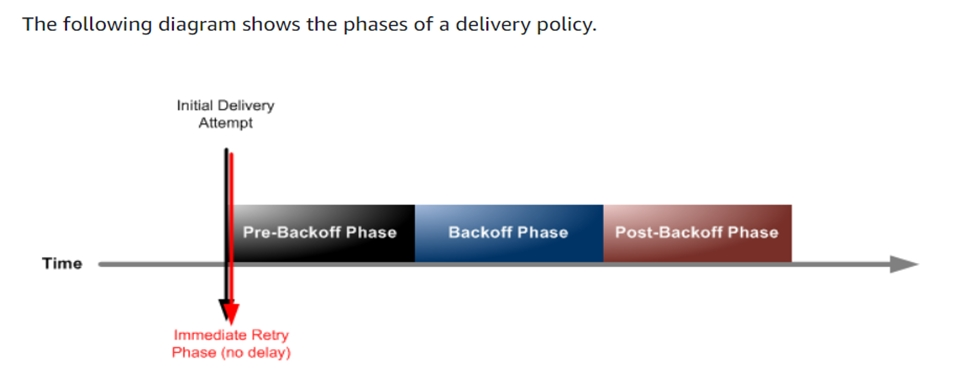An ecommerce company uses a large number of Amazon EBS backed Amazon EC2 instances. To decrease manual work across all the instances, a DevOps
Engineer is tasked with automating restart actions when EC2 instance retirement events are scheduled.
How can this be accomplished?
D
Reference:
https://aws.amazon.com/blogs/mt/automate-remediation-actions-for-amazon-ec2-notifications-and-beyond-using-ec2-systems-manager-automation- and-aws-health/
A company that runs many workloads on AWS has an Amazon EBS spend that has increased over time. The DevOps team notices there are many unattached
EBS volumes. Although there are workloads where volumes are detached, volumes over 14 days old are stale and no longer needed. A DevOps engineer has been tasked with creating automation that deletes unattached EBS volumes that have been unattached for 14 days.
Which solution will accomplish this?
B
A company has multiple child accounts that are part of an organization in AWS Organizations. The security team needs to review every Amazon EC2 security group and their inbound and outbound rules. The security team wants to programmatically retrieve this information from the child accounts using an AWS Lambda function in the management account of the organization.
Which combination of access changes will meet these requirements? (Choose three.)
BCE
Reference:
https://docs.aws.amazon.com/IAM/latest/UserGuide/tutorial_cross-account-with-roles.html https://docs.aws.amazon.com/organizations/latest/userguide/orgs_manage_accounts_access.html
An application is deployed on Amazon EC2 instances running in an Auto Scaling group. During the bootstrapping process, the instances register their private IP addresses with a monitoring system. The monitoring system performs health checks frequently by sending ping requests to those IP addresses and sending alerts if an instance becomes non-responsive.
The existing deployment strategy replaces the current EC2 instances with new ones. A DevOps Engineer has noticed that the monitoring system is sending false alarms during a deployment, and is tasked with stopping these false alarms.
Which solution will meet these requirements without affecting the current deployment method?
C
Reference:
https://aws.amazon.com/blogs/compute/using-aws-lambda-with-auto-scaling-lifecycle-hooks/
An e-commerce company is running a web application in an AWS Elastic Beanstalk environment. In recent months, the average load of the Amazon EC2 instances has been increased to handle more traffic.
The company would like to improve the scalability and resilience of the environment. The Development team has been asked to decouple long-running tasks from the environment if the tasks can be executed asynchronously. Examples of these tasks include confirmation emails when users are registered to the platform, and processing images or videos. Also, some of the periodic tasks that are currently running within the web server should be offloaded.
What is the MOST time-efficient and integrated way to achieve this?
B
A company has an on-premises that is written in Go. A DevOps engineer must move the application to AWS. The company's development team wants to enable blue/green deployments and perform A/B testing.
Which solution will meet these requirements?
A
Reference:
https://docs.aws.amazon.com/codedeploy/latest/userguide/integrations-aws-auto-scaling.html
An application runs on Amazon EC2 instances behind an Application Load Balancer (ALB). A DevOps Engineer is using AWS CodeDeploy to release a new version. The deployment fails during the AllowTraffic lifecycle event, but a cause for the failure is not indicated in the deployment logs.
What would cause this?
C
Reference:
https://docs.amazonaws.cn/en_us/codedeploy/latest/userguide/codedeploy-user.pdf
(399)
A company has a single developer writing code for an automated deployment pipeline. The developer is storing source code in an Amazon S3 bucket for each project. The company wants to add more developers to the team but is concerned about code conflicts and lost work. The company also wants to build a test environment to deploy newer versions of code for testing and allow developers to automatically deploy to both environments when code is changed in the repository.
What is the MOST efficient way to meet these requirements?
A
Reference:
https://docs.aws.amazon.com/AmazonRDS/latest/AuroraUserGuide/Concepts.AuroraHighAvailability.html
A development team is building an ecommerce application and is using Amazon Simple Notification Service (Amazon SNS) to send order messages to multiple endpoints. One of the endpoints is an external HTTP endpoint that is not always available. The development team needs to receive a notification if an order message is not delivered to the HTTP endpoint.
What should a DevOps engineer do to meet these requirements?
C
Reference:
https://docs.aws.amazon.com/sns/latest/dg/sns-message-delivery-retries.html
A company is deploying a container-based application using AWS CodeBuild. The Security team mandates that all containers are scanned for vulnerabilities prior to deployment using a password-protected endpoint. All sensitive information must be stored securely.
Which solution should be used to meet these requirements?
C